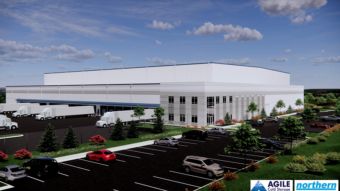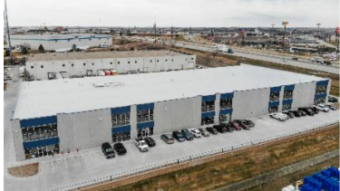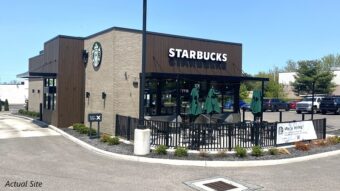Midwest Real Estate News recently spoke with Jeff Berta, senior director of real estate development with Chicago’s Structured Development, about the state of the retail sector. Berta said that the retail segment is on the rise, with smaller retailers especially doing well today.
Midwest Real Estate News: In general, how strong is the retail segment today?Jeff Berta: Retail is definitely trending up. It is mirroring the national economy, which is also trending up. In Chicago and in the Midwest, retailers have generally been more conservative. So the retail market in this part of the country has been steadier than it has been in other parts of the country. Yes, online shopping continues to grow. But brick-and-mortar retail is still important and still healthy.
MREN: What are you seeing when it comes to retail rents?Berta: Retail rents went down coming out of 2013 but are trending back up now. Overall, that mirrors the general economy. For the last three years, the national economy has trended up. It’s trended up more slowly than some would like, but the direction has been positive. The idea of slow growth is not necessarily bad. When you look at it from the perspective of tenants and the activity of tenants, though, most of the growth today is happening with smaller tenants as opposed to the larger retailers. If you look at activity in the big-box segment, it is very slow. If you look at smaller tenants, especially in food service, activity is a lot stronger.
When you look at the growth patterns, you’ll see that the growth is very, very small on the big-box side. Growth on the smaller-tenant side is much greater. If you just look at retail development in Chicago, you will generally see a much greater growth on the retail side for smaller tenants, too. It’s a consistent trend.
MREN: What about when it comes to locations? What type of locations are retailers seeking out today?Berta: In today’s world, retailers are increasingly seeking out urban locations. Suburban retail development is definitely slower. That’s not to say that there isn’t any new retail development in the suburbs. There are select suburban markets that are seeing stable retail growth. But by and large, especially for ground-up or new retail development, there has lately been a significant focus on the urban side of things.
MREN: What type of retail uses are most in demand right now?Berta: The fast-casual end of the food sector is especially strong. You are seeing chains such as Nando’s Peri-Peri performing quite well. The fast-casual restaurants are expanding their retail footprints. Some apparel companies are also continuing to grow. But the largest demand is on the fast-casual side restaurant side.
MREN: What is behind this trend?Berta: People being more health-conscious might be driving it a bit. But when it comes to our society today, we tend to be a bit more active. We are on the go more often, so we eat out more often. And more people when they are eating out, want something fast but that has more flavor than your traditional fast-food restaurants. You see it even with the traditional fast-food chains, many of which are trying to add healthier items to their menus, trying to appeal to that younger generation that eats out more. They are trying to keep up with the Chipotles and Nando’s restaurants of the world. It is the nature of our society that we don’t cook out at home as much. At the same time, there is a greater focus on food. Just look at all those cooking shows on Food Network. The fast-casual restaurants are a good choice for people who don’t want to cook as much at home but want to eat healthier food. This is a strong trend, and it will translate into more retail development for the smaller-tenant, fast-casual restaurants.



